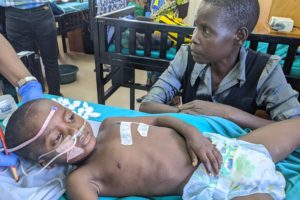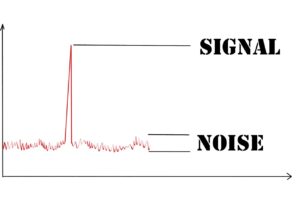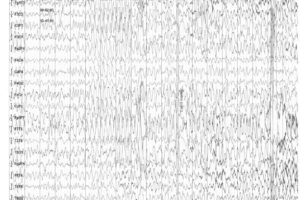While I was on vacation, the DON clinical trial came to a halt.
When evaluating the safety of a new drug, researchers collect information about things that go wrong when people receive that drug. These are called “adverse events”, AEs for short. Adverse events can be either clinical (vomiting or rash, for example) or only detectable by laboratory tests (a decrease in white blood cells, for example). Adverse events are classified by Grade: Grade 1, Grade 2, and Grade 3, in increasing order of severity.
The DON clinical trial, which I head, is a dose escalation study. This means we begin by administering very small doses of the drug to patients and see if they have any adverse events. If the first few people we enroll don’t have many adverse events (and they are not Grade 3), we increase the dose of DON that we give to the next group. If the next group does not have many Grade 3 adverse events, we increase the dose further. In the DON clinical trial, there are 10 people in each of the dosing groups.
In our clinical trial, if 40% of more of the people in any one dosing group have a Grade 3 adverse event, we stop enrollment, analyze the data, and discuss things with the Data and Safety Monitoring Board (DSMB). The DSMB is an independent group of experts appointed by the NIH. They are charged with helping everyone evaluate safety. During my absence from Malawi, 40% of the people in one dosing group had Grade 3 adverse events. We halted.
During my absence from Malawi, 40% of the people in one dosing group had Grade 3 adverse events. We halted.
This sounds terrible but in our case it is not. In our study, we defined Grade 3 laboratory-based adverse events as a 50% or more change in the lab test result from baseline, before the patient received DON. Here is what happened.
Creatinine is a blood test our patients get 5 times, once before they receive DON and 4 times afterwards. We want to make sure the drug does not damage the kidneys in anyone who receives it. In Malawi, a normal blood creatinine level varies from 0.6 to 1.2. In our study, we had several patients with baseline creatinine levels of 0.5 or 0.6, the low end of the normal range. These people received DON and their creatinine levels temporarily rose to 0.91. None of the patients had clinical symptoms. The creatinine levels all went back down. But more importantly, the creatinine never left the normal range of 0.6 to 1.2. We were triggering Grade 3 laboratory based adverse events on people whose lab results were normal.
When I returned to Malawi, the study was already halted. I immediately worked on a submission packet to the DSMB, showing them our results and proposing a way forward to stop this from happening in the future. While the DSMB is conferring, we are idle. It is annoying but it is my own fault. Hopefully we can restart enrolling patients again soon.
DON has been very well tolerated. We were worried the drug might make people nauseous or vomit. Neither has happened so far. Our team is looking forward to continuing our clinical trial, hopefully in the near future. Once we finish enrolling adults and make sure the drug is safe in Malawians, we will begin administration (going back to the lowest dose) to children with cerebral malaria. Our long-term goal? To decrease rates of death or neurological disability in those children who suffer this terrible disease.






